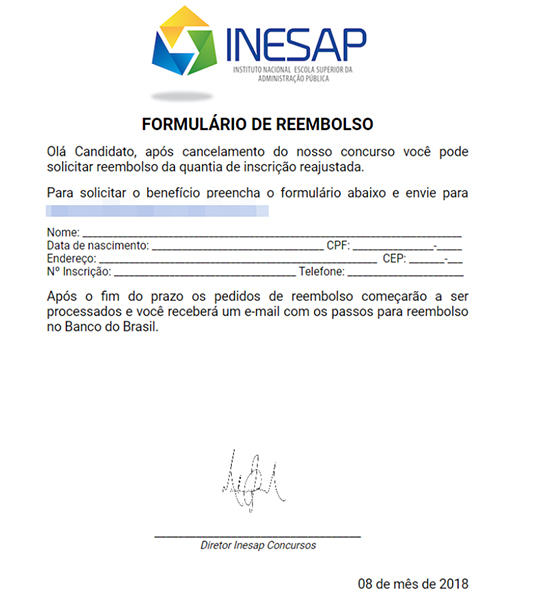BKDR_CANBALRAL.A
Trojan.Python.Agent.ag (Kaspersky)
Windows


Threat Type: Backdoor
Destructiveness: No
Encrypted: Yes
In the wild: Yes
OVERVIEW
Dropped by other malware, Downloaded from the Internet
This Backdoor arrives on a system as a file dropped by other malware or as a file downloaded unknowingly by users when visiting malicious sites.
It executes commands from a remote malicious user, effectively compromising the affected system.
TECHNICAL DETAILS
7,493,589 bytes
EXE
Yes
14 Jan 2018
Compromises system security, Connects to URLs/IPs, Downloads files, Steals information
Arrival Details
This Backdoor arrives on a system as a file dropped by other malware or as a file downloaded unknowingly by users when visiting malicious sites.
Installation
This Backdoor drops the following copies of itself into the affected system and executes them:
- %User Temp%\{malware name}.exe - Hidden attribute
(Note: %User Temp% is the user's temporary folder, where it usually is C:\Documents and Settings\{user name}\Local Settings\Temp on Windows 2000, Windows Server 2003, and Windows XP (32- and 64-bit); C:\Users\{user name}\AppData\Local\Temp on Windows Vista (32- and 64-bit), Windows 7 (32- and 64-bit), Windows 8 (32- and 64-bit), Windows 8.1 (32- and 64-bit), Windows Server 2008, and Windows Server 2012.)
It drops the following files:
- %User Temp%\{malware name}.exe.log
(Note: %User Temp% is the user's temporary folder, where it usually is C:\Documents and Settings\{user name}\Local Settings\Temp on Windows 2000, Windows Server 2003, and Windows XP (32- and 64-bit); C:\Users\{user name}\AppData\Local\Temp on Windows Vista (32- and 64-bit), Windows 7 (32- and 64-bit), Windows 8 (32- and 64-bit), Windows 8.1 (32- and 64-bit), Windows Server 2008, and Windows Server 2012.)
Autostart Technique
This Backdoor creates the following registry entries to enable automatic execution of dropped component at every system startup:
HKEY_CURRENT_USER\Software\Microsoft\
Windows\CurrentVersion\Run
Java_Update = %User Temp%\{malware name}.exe
Backdoor Routine
This Backdoor executes the following commands from a remote malicious user:
- Change directory
- Upload file
- Execute process as hidden
- Zip a folder or a file
- Download a file
- Terminate itself
- Zip a folder or a file
- Get drives and and its information
- Take screenshot and upload to server
- Display help
- Get credentials and send it to server
- Uninstall itself
- Send malware version to server
- Runs a shell command and returns its output
It connects to the following URL(s) to send and receive commands from a remote malicious user:
- http://zxmbernx.{BLOCKED}r.org:8843
- http://xmm.{BLOCKED}r.org:8043
- http://vit24ad.{BLOCKED}w.com:8843
- http://683gvk34h.{BLOCKED}kpc.com:8843
It posts the following information to its command and control (C&C) server:
- Platform
- Hostname
- Username
- CPU
- GPU
- Memory
Download Routine
This Backdoor accesses the following websites to download files:
- https://i.{BLOCKED}r.com/puSQDHe.png
It saves the files it downloads using the following names:
- %User Temp%\{malware name}.pdf
(Note: %User Temp% is the user's temporary folder, where it usually is C:\Documents and Settings\{user name}\Local Settings\Temp on Windows 2000, Windows Server 2003, and Windows XP (32- and 64-bit); C:\Users\{user name}\AppData\Local\Temp on Windows Vista (32- and 64-bit), Windows 7 (32- and 64-bit), Windows 8 (32- and 64-bit), Windows 8.1 (32- and 64-bit), Windows Server 2008, and Windows Server 2012.)
Other Details
This Backdoor does the following:
- It steals credentials from the following applications:
- Chrome
- Outlook
- Network
- It uses WMI query to check if it is running in a virtual environment. It checks the result of the query if it contains the following strings:
- VMware Virtual Platform
- VirtualBox
- Virtual PC
- It generates random strings in memory to make memory string analysis harder.
NOTES:
This backdoor displays the following PDF file via Chrome:
SOLUTION
9.850
14.110.05
05 Mar 2018
14.111.00
06 Mar 2018
Step 1
Before doing any scans, Windows XP, Windows Vista, and Windows 7 users must disable System Restore to allow full scanning of their computers.
Step 2
Note that not all files, folders, and registry keys and entries are installed on your computer during this malware's/spyware's/grayware's execution. This may be due to incomplete installation or other operating system conditions. If you do not find the same files/folders/registry information, please proceed to the next step.
Step 3
Identify and terminate files detected as BKDR_CANBALRAL.A
- Windows Task Manager may not display all running processes. In this case, please use a third-party process viewer, preferably Process Explorer, to terminate the malware/grayware/spyware file. You may download the said tool here.
- If the detected file is displayed in either Windows Task Manager or Process Explorer but you cannot delete it, restart your computer in safe mode. To do this, refer to this link for the complete steps.
- If the detected file is not displayed in either Windows Task Manager or Process Explorer, continue doing the next steps.
Step 4
Delete this registry value
Important: Editing the Windows Registry incorrectly can lead to irreversible system malfunction. Please do this step only if you know how or you can ask assistance from your system administrator. Else, check this Microsoft article first before modifying your computer's registry.
- In HKEY_CURRENT_USER\Software\Microsoft\Windows\CurrentVersion\Run
- Java_Update = %User Temp%\{malware name}.exe
- Java_Update = %User Temp%\{malware name}.exe
Step 5
Search and delete these files
- %User Temp%\{malware name}.exe
- %User Temp%\{malware name}.exe.log
- %User Temp%\{malware name}.pdf
Step 6
Scan your computer with your Trend Micro product to delete files detected as BKDR_CANBALRAL.A. If the detected files have already been cleaned, deleted, or quarantined by your Trend Micro product, no further step is required. You may opt to simply delete the quarantined files. Please check the following Trend Micro Support pages for more information:
Did this description help? Tell us how we did.


